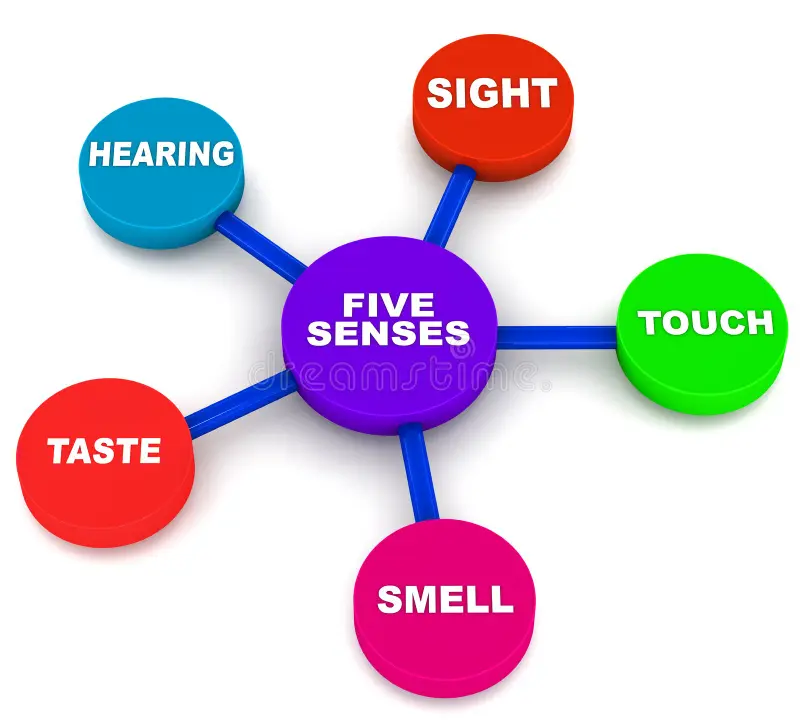What makes a trip unforgettable isn’t always the guidebook sights or the Instagram-worthy views. It’s the way a place makes you feel. It’s the flavors that linger, the music you carry home in your head, the texture of a place against your skin. Some of the richest travel experiences aren’t built around destinations—they’re built around sensation.
If you’re craving a different kind of adventure, try planning your next trip through the lens of the senses. Let sight, taste, sound, touch, and movement guide you. Here’s how.
See: Travel that stuns your eyes
Some places demand to be seen. You step into them and everything stops. The color, the contrast, the sheer scale—it’s visual poetry.
Think:
- Sunrise over Cappadocia’s hot air balloons
- The lavender fields of Provence
- Japan’s cherry blossoms in full bloom
- Northern lights over an Icelandic sky
Sight-based travel is about soaking in beauty that feels almost unreal. It’s the kind of experience that makes you whisper “wow” under your breath. Look for destinations that make visual impact central—whether through natural wonder, vibrant culture, or breathtaking design.
Pro tip: Visit at golden hour, when the world softens and glows.
Taste: Let food tell the story
Food is one of the most immediate ways to connect with a place. Every bite tells you something—about history, about climate, about the people who call it home.
Try this:
- Street tacos in Mexico City
- A seafood boil in coastal Louisiana
- Night markets in Taipei
- Wine and cheese picnics in the Tuscan countryside
Let your meals be more than fuel—let them be exploration. Sign up for cooking classes, join food tours, wander farmer’s markets. Ask locals where they eat. Taste your way through a place and you’ll understand it on a deeper level.
Pro tip: Don’t skip dessert. Every culture has its sweet story.
Hear: Travel with a soundtrack
Sound anchors memory. The rhythm of a flamenco performance, the chant of monks in a temple, the layered chaos of a market—you remember how it felt because you remember how it sounded.
Let your ears guide you:
- Listen to jazz spill out of New Orleans clubs
- Hear traditional gamelan music in Bali
- Attend open-air concerts in summer Europe
- Sit quietly on a dock and listen to the tide
Even silence can be profound. The absence of noise in a desert or remote forest can be just as powerful as a bustling cityscape. Sound shapes your sense of presence.
Pro tip: Record a short audio clip from your trip each day. Later, they’ll transport you more vividly than photos.
Feel: Touch as connection
Texture is often overlooked in travel, but it’s there—in the way your feet sink into warm sand, or how cool marble feels under your palm in an old cathedral. The tangible world reminds you that you’re in it, not just observing it.
Some tactile experiences worth planning for:
- Soaking in an onsen in Japan
- Sandboarding in the dunes of Namibia
- Walking barefoot on the mossy trails of the Pacific Northwest
- Wrapping up in a wool blanket under the Northern Irish stars
Travel that engages your body grounds you in the moment. It pulls you out of your head and into the now.
Pro tip: Pack a travel journal that includes sensory prompts—What did you touch today? What surprised your skin?
Float: Movement as magic
There’s a particular kind of freedom that comes from floating—on water, through space, even across land. This sense of drift, of letting go, is deeply tied to relaxation and wonder.
Floating travel experiences include:
- Kayaking through glacial lakes
- Tubing in jungle rivers
- Taking a gondola ride in Venice
- Cruising along coastlines with no agenda but the horizon
A cruise, especially, brings this feeling to life. On a Caribbean cruise, for example, you drift from one turquoise bay to the next, with warm breezes and long stretches of time where there’s nothing to do but look out at the sea. It’s a kind of movement that asks nothing from you—and that’s rare.
Floating gives you a sense of scale. It reminds you that the world is vast, but not out of reach.
Pro tip: Schedule at least one day of your trip to not plan. Let yourself drift.
The senses tell you where to go—and when to stay
Planning a trip through the senses doesn’t mean ignoring logistics. It means giving yourself permission to build your journey around what makes you feel alive. Not every trip has to be a checklist. Sometimes it can be a mood, a moment, or a collection of memories tied to what you saw, tasted, touched, heard, or floated through.
The more you engage your senses, the more your travel becomes about connection—connection to place, to people, and to yourself.
And that’s the kind of trip that stays with you long after the bags are unpacked.




